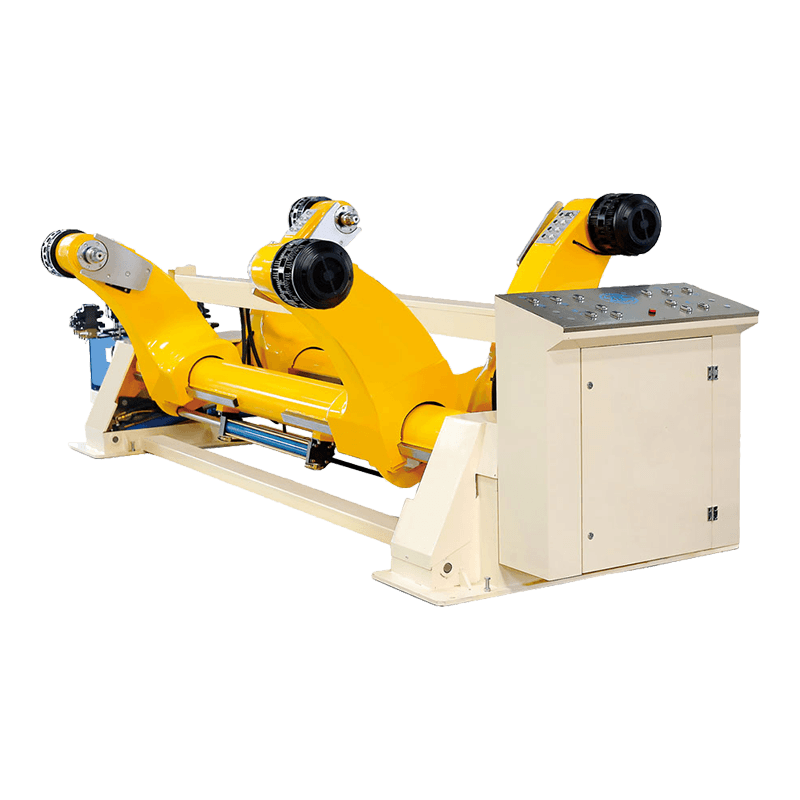
A mill roll stand plays a crucial role in metal processing and production lines, particularly in rolling mills for steel, aluminum, and other metals. Its main function is to hold and guide the rolls that shape metal sheets or strips, ensuring consistent thickness and surface quality. Understanding how efficient a Mill Roll Stand is for production lines involves evaluating its design, performance, and adaptability to different operational demands.
Role in Production Efficiency
The efficiency of a mill roll stand is closely tied to its ability to maintain precision and stability during high-speed rolling operations. A well-designed stand provides uniform pressure across the rolls, preventing uneven deformation of the metal. This reduces material waste and minimizes the need for reprocessing. In production lines where speed and consistency are important, a reliable mill roll stand ensures that output remains steady without frequent interruptions or adjustments.
Structural Design and Stability
The structural design of a mill roll stand affects its efficiency significantly. Modern stands are built with robust frames that resist bending or vibrations during operation. This stability helps maintain consistent contact between the rolls and the metal sheet, which is essential for achieving uniform thickness. Adjustable roll positions also allow operators to fine-tune the process based on the material being processed, further enhancing efficiency. The quality of bearings and the precision of alignment mechanisms contribute to smoother operation and longer equipment life.
Automation and Control
Efficiency is also influenced by the level of automation integrated into the mill roll stand. Many production lines incorporate electronic control systems that adjust roll pressure, speed, and alignment automatically. These controls reduce the need for manual intervention, improve response times to variations in material properties, and help maintain consistent product quality. By integrating sensors and real-time monitoring, operators can quickly detect and correct potential issues, minimizing downtime and enhancing overall productivity.
Maintenance and Durability
Maintenance requirements impact operational efficiency as well. A mill roll stand that is easy to maintain, with accessible components and durable materials, reduces production line interruptions. Regular inspections and timely replacement of worn parts help prevent unexpected failures. Manufacturers design stands with long-lasting components and modular features, allowing for quick adjustments or repairs without significant downtime. This ensures that production lines remain active and productive over extended periods.
Adaptability to Different Materials
Production lines often process a variety of metals with different thicknesses and hardness levels. An efficient mill roll stand can accommodate these variations without compromising performance. Adjustable roll gaps, flexible pressure controls, and adaptable stand designs allow operators to handle different materials efficiently. This adaptability not only improves productivity but also extends the range of applications for a single production line.
The efficiency of a Mill Roll Stand in production lines depends on its structural stability, precision, automation, and adaptability. By providing consistent roll pressure, smooth operation, and easy maintenance, it ensures steady output and high-quality results. Integrating automation and monitoring systems further enhances performance, reducing downtime and labor requirements. For metal processing facilities, investing in a reliable mill roll stand helps maintain continuous operation, supports diverse material handling, and contributes to an overall productive and efficient production line.

 English
English  Español
Español  Português
Português  عربى
عربى 




